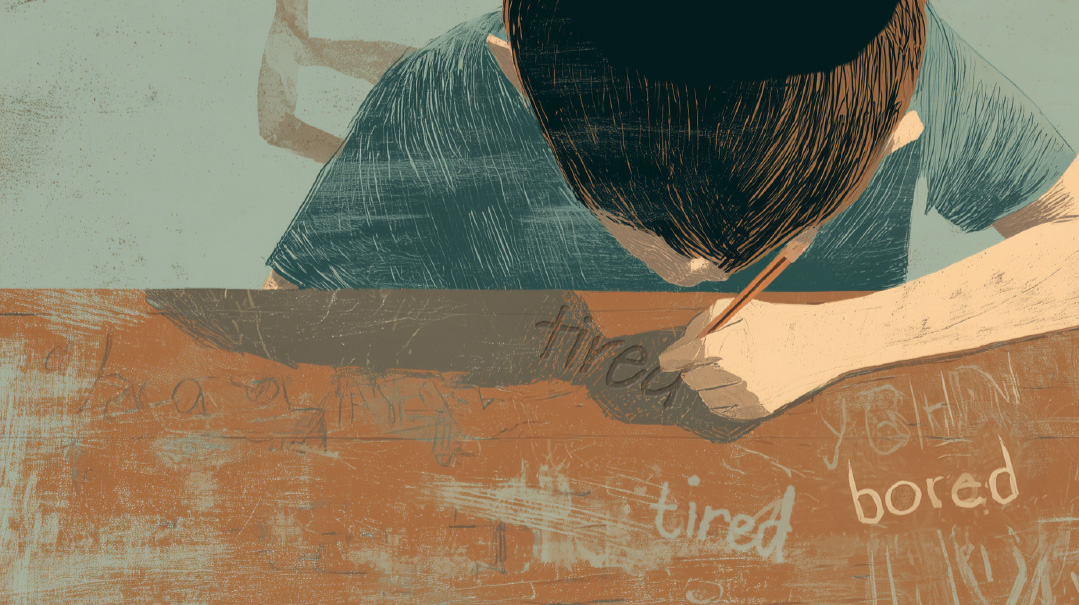When Strange Becomes Scary

It felt like my doctors were playing a diagnosis guessing game

As told to Faigy Peritzman
I’m a busy mom of three, and I work full-time. So when I started feeling unwell in the spring of 2022, I didn’t pay much attention to my symptoms.
Covid was still around, but nobody was testing anymore, and besides, I’d already had Covid, plus I’d been vaccinated, so it was unlikely that it was the virus making me feel so run down. Still, I’d joke that maybe I was experiencing a weird manifestation of Covid.
I was just so tired. Not just the regular “mom who works full-time” tired, but a deep exhaustion — not my usual mode. Still, I was just too busy to pay real attention to myself or do anything about it.
Then I started feeling some odd symptoms. I’d experience recurring episodes of pain in my right eye that would last about five minutes and then go away. After a few days they stopped, and I forgot about it.
Then one day, half of my lip swelled up, and receded only two days later. Again, I thought it was weird but nothing to get worried about. I’d just planted wild onions in my garden, so part of me wondered idly if I’d had some crazy allergic reaction to wild onions.
A few days later, the hairs on my legs started burning. This was seriously strange. It was like every follicle was on fire, making anything that touched my legs, including clothing, so painful. I’d certainly never experienced anything like that before, but I took some pain medication and sure enough a few days later, this pain disappeared, too.
These crazy symptoms were each so random and relatively brief — I didn’t see them as part of a bigger picture, or as cause for concern.
Next, I developed a horrible sore throat. It felt exactly like strep, but I didn’t go to get tested for strep (that was a mistake). Instead, I just used some leftover antibiotics I found at home (another mistake). After another few days, that pain went away, too. All these symptoms occurred over about a month’s time.
Oops! We could not locate your form.







